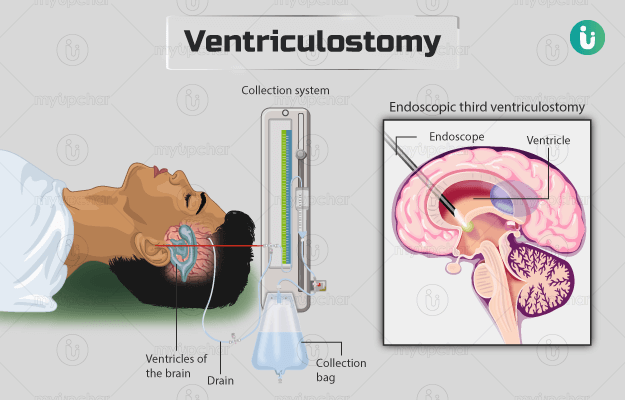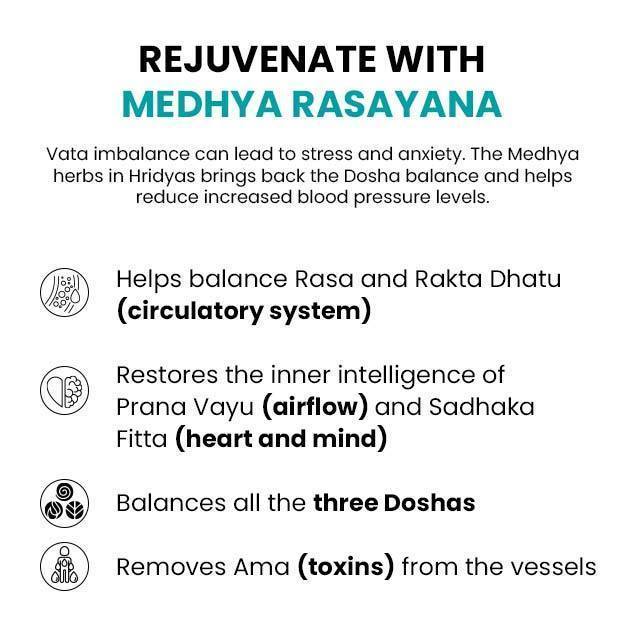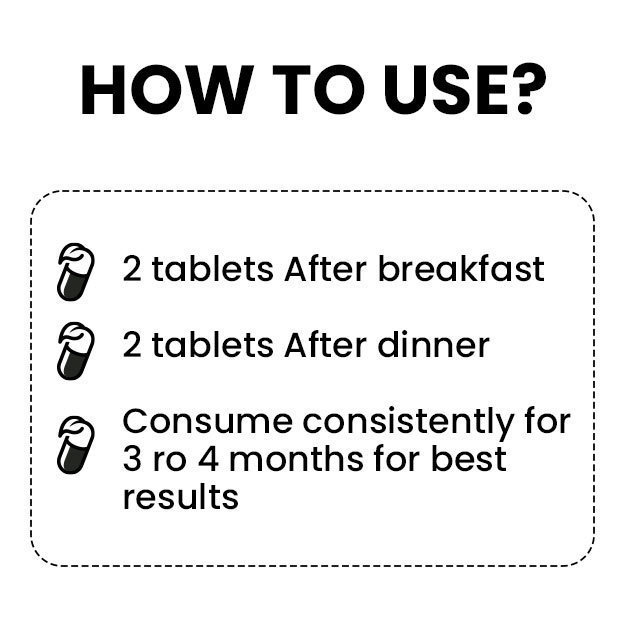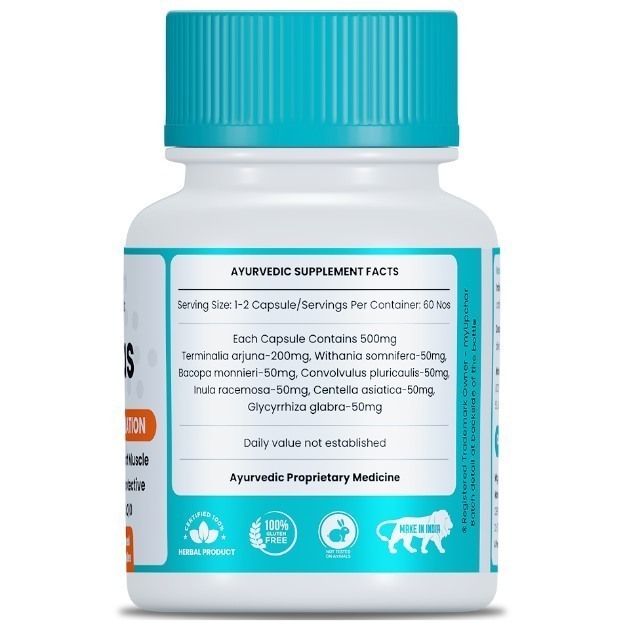Once you reach the hospital, you will be asked to change into a hospital gown and wear non-skid socks. The surgery will be performed in the operation theatre. You will lie on the operating bed, and compression boots will be put on to help blood flow to your legs. You will be given general anaesthesia to make you fall asleep during the procedure. Then, your hair will be shaved on the area where the cut is to be made.
Ventriculostomy may be performed by either of the following methods.
Endoscopic third ventriculostomy
Most blockages in CSF flow occur in the slender pathway between the third and fourth ventricle. In endoscopic third ventriculostomy, the CSF is diverted from the third ventricle to the chambers beneath the base of the brain. This surgery is done in individuals in whom the hydrocephalus is caused by blockage in CSF flow. The surgery involves the following steps:
- The surgeon will make a small hole in your skull and pass in an endoscope, which is a thin tube with a small camera attached on top.
- He/she will make an opening from a thin membrane at the floor of your third ventricle to the fluid chambers beneath the base of your brain. The CSF then flows up from here to over the surface of the brain, allowing it to be reabsorbed into the blood.
- There are no permanent side effects associated with this opening.
- Once the flow of CSF is diverted, the surgeon will cover the hole in your skull with a titanium cover, and close the incision.
- The entire procedure generally takes an hour.
Ventriculostomy with an external ventricular drain
This can be done as follows:
- The surgeon will make a small incision on your scalp.
- With the help of a special drill, he/she will make a small hole through your skull and then make a small cut in the protective layers around your brain.
- Next. the surgeon will insert a narrow tube into your brain through the incision.
- He/she will place then a stitch on your scalp to keep the tube in place and cover the incision with a sterile dressing.
- The other end of the tube will be connected to a pouch to collect the extra fluid.
After the surgery, you will be moved to the post-anaesthesia recovery room. Your body temperature, blood pressure, heart rate, and oxygen levels will be monitored. A mask may be placed over your face to supply air. The medical staff will take you to the hospital room once you are awake and out of pain. On waking up, you may feel tired.
Next day after the endoscopic third ventriculostomy, the doctor will remove the bandage covering your incision, and it will be left uncovered. However, if you have an external ventricular drain attached, it will be removed when your doctor determines it is safe to do so. The healthcare team will routinely monitor the amount of fluid that collects in the pouch and check the fluid for signs of infection.
A nurse will frequently ask you to move your arms, fingers, legs and toes to ensure that you are otherwise in good health. You will be discharged the next day of surgery.






















